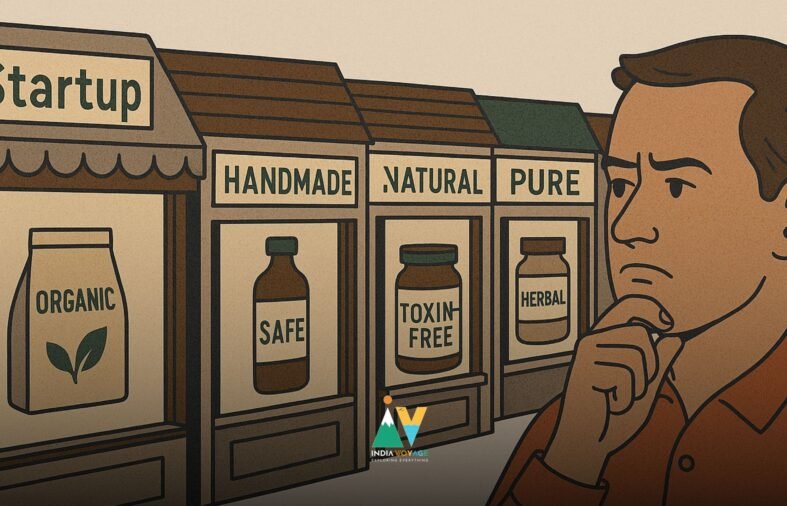There’s a quiet trend I’ve noticed growing louder in India’s startup ecosystem—brands selling more than products. They’re selling stories. Stories of being rooted in tradition, of sourcing directly from farms, of reviving ancient practices, of purity and purpose. It’s a narrative designed to feel close to home and aligned with modern values: organic, sustainable, handmade, conscious.
At first glance, it’s beautiful. Who wouldn’t want to support a brand that claims to empower rural artisans, use toxin-free ingredients, or preserve Ayurvedic wisdom? The problem is, not all of it holds up when you scratch beneath the surface.
Today, it’s easier than ever to weave a compelling brand identity. A clean website, a few aesthetic reels, endorsements from influencers—it can all suggest depth, ethics, and authenticity. But more often than not, these stories are crafted for visibility, not for truth. Buzzwords like “farm-to-face,” “natural,” or “cruelty-free” appear everywhere, often without certification or clarity.
This isn’t to say every brand is misleading. There are founders genuinely committed to transparency and traceability—working with communities, sourcing responsibly, and trying to build something sustainable from the ground up. But those efforts can be overshadowed by louder players who perfect the language of values without fully living them.
Some well-known names—Mamaearth, Wow Skin Science, and Just Herbs, among others—have been openly questioned by consumers and skincare communities for making claims that don’t always reflect the actual content or practices behind their products. Whether it’s the liberal use of the term “natural” despite synthetic ingredients, or vague references to traditional wisdom without much scientific or ethical backing, there’s been growing skepticism around how these stories are told.
Even lesser-known Amazon brands like Khadi Global or Indie Earth often present themselves as artisanal or Ayurvedic, while offering little transparency about who’s making the products or where the ingredients come from. The line between branding and performance becomes blurred.
But perhaps the bigger question is: Are we buying into ideals, or are we just buying the idea of them?
It’s easy to be swept up in a good story. We’re wired for narratives. But when marketing leans too heavily on romanticism without responsibility, it cheapens the very values it claims to champion.
As consumers, we have to learn to pause—to read the fine print, not just the Instagram bio. And as storytellers, creators, or founders, maybe the real work lies in making sure that what we say about our work is grounded in what we actually do.
Because there’s a difference between building a brand—and building trust.
- Pritesh Khare EIC India Voyage











Leave A Reply